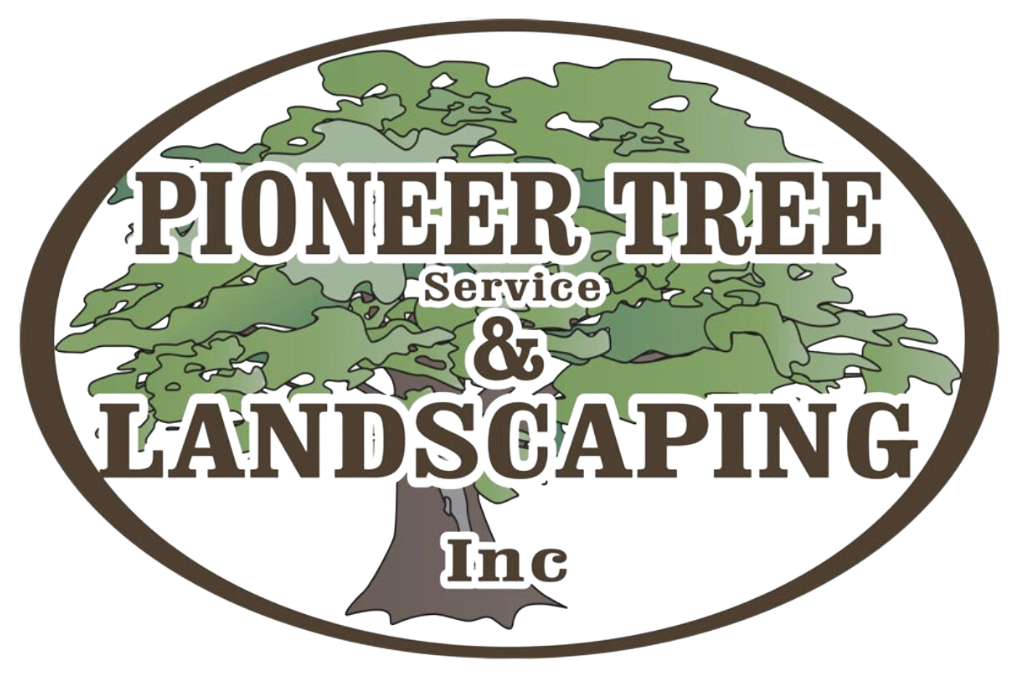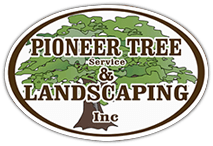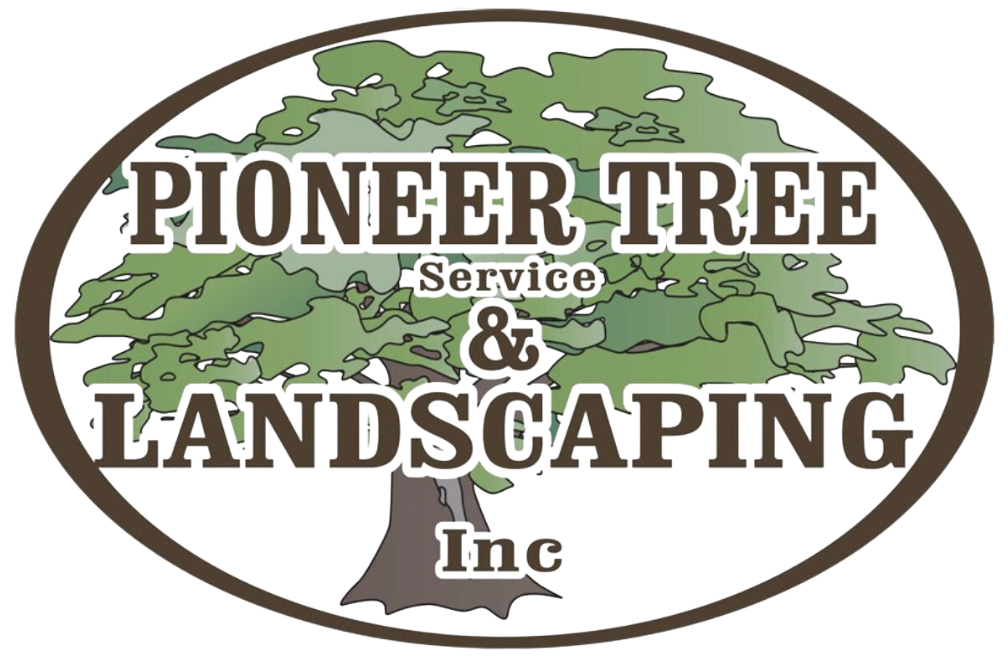5 Signs Your Tree Needs Professional Attention — Before It Becomes a Hazard

Introduction
Your trees are part of what makes your property beautiful and inviting — shade, character, value. But when a tree starts showing warning signs, it can shift from asset to liability. At Pioneer Tree Service & Landscaping, we believe early recognition + prompt action = peace of mind. Here are five signs you shouldn’t ignore.
Dead or Hanging Branches
One of the most visible red flags: branches that are completely lifeless, hanging loosely or clearly broken. These don’t just look bad — they’re dangerous. They may fall unexpectedly in windstorms or under their own weight, posing a hazard to people, pets or structures.
Local tip: On Whidbey Island, winds off Puget Sound can pick up quickly; a dead limb that’s been neglected can become a major problem in just one storm.
Fungus or Mushrooms Growing at the Base or on the Trunk
If you notice fungal growth — mushrooms, bracket fungi, or scabby growths along the bark or around the root zone — this often means there’s internal decay or root rot starting. Decay weakens a tree’s structural integrity and dramatically increases risk.
Local tip: Because our soils on Whidbey can be moist in winter and spring, decay processes can progress faster than you might expect. If you see unexpected fungi, call in an arborist.
Significant Cracks, Splits or A Leaning Trunk
Structural damage is a serious warning: large vertical cracks in the trunk, splits between major limbs, or a trunk that’s leaning noticeably. These indicate the tree might not be stable.
Local tip: After heavy rains or high-wind events, it's especially wise to check trees for new leaning or shifted position — what seemed safe last summer might not be now.
Exposed, Damaged or Decaying Roots
A tree’s roots are its anchor — when roots are compromised (exposed, rotting, lifted soil around them) the hazard changes from “maybe” to “when”.
Local tip: With landscaping changes, driveways, patios or excavation happening, root damage on properties around Oak Harbor can be common. If you’ve recently done yard work or seen roots uproot or bulge, time to call in the pros.
Branches Too Close to Power Lines, Home, Roof or Other Structures
Even if a tree looks healthy, proximity to high-risk zones (power lines, roofs, windows, patios) drastically raises the stakes. A healthy tree that loses a limb or gets hit unexpectedly can still cause major damage.
Local tip: On Whidbey Island’s older properties, trees were often planted before modern setback/clearance rules. If you have mature trees near overhead lines or your roofline, a professional trim or relocation plan is worth it.



